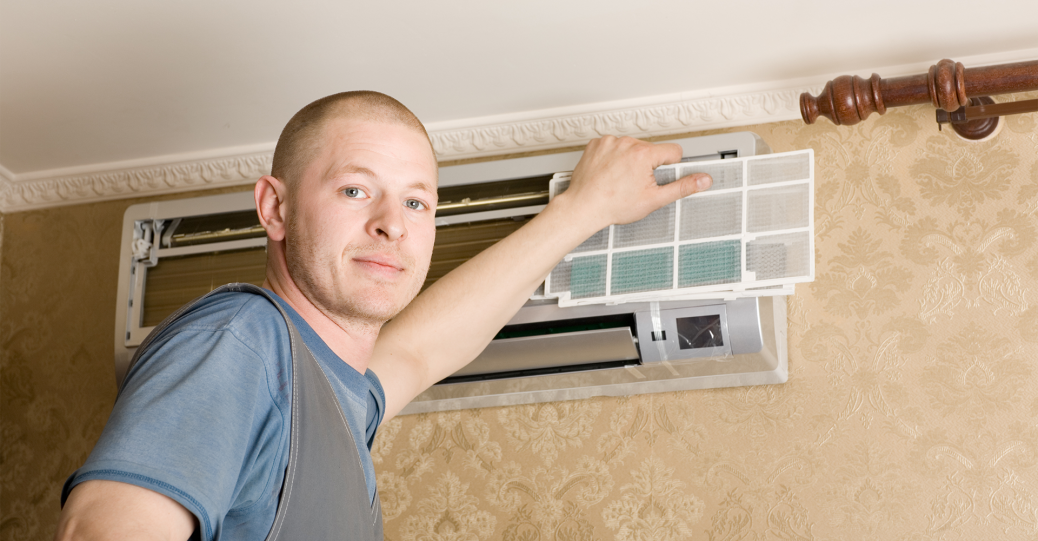
Owning an air conditioner is the dream of many. This device is responsible for acclimatizing closed spaces, allowing the room temperature to be regulated. It is what guarantees more comfortable nights during the summer and thermal comfort throughout the year. However, some precautions must be taken when installing the air conditioning, mainly if you chose the Split model.
How Do They Work, And What Are The Benefits Of Split Models?
Split models are those made up of two parts: the evaporator, responsible for leaving the air inside, and the condenser, located outside. The advantages of this type of model are many. In addition to lower noise, since the device’s motor is outside the room, Split devices have the most modern technologies for your comfort. One of them is the Inverter technology, which guarantees temperature stability in the environment and reduces up to 60% in the electricity bill compared to common models.
What Should I Do To Install A Split Air Conditioner?
To install the Split or Split Inverter model in your home, you need to take three precautions: know the structure it needs, define the location it will be installed and check your electrical network.
See below for details of each of these precautions:
1) Know The Structure For The Air Conditioning
As we explained, in Split appliances, one part is inside, and the other is outside the house. So you should keep this in mind, remembering that the two parts will be connected by copper tubing.
Those who are building a home do not have this problem, as they will be able to plan for the piping to be inside the walls and the cables, electrical wires, and draining water. However, if this is not your case, you should think carefully about where you will place your device, since the greater the distance between the parts, the greater the cost of labor and material.
The piping that connects the two parts of the air conditioning uses:
- Copper or aluminum tubes (also called refrigerated tubing), with gauges and thicknesses suitable for the power of the appliance you have chosen
- Piping with electrical wiring, with cables sized according to power and an exclusive circuit breaker for each installed air conditioner
- PVC pipes for water drainage, connected to the house’s rainwater network
2) Define The Installation Location Of The Device
In addition to considering the two parts that make up the air conditioner for installation, it is also necessary to think that its piping should not interfere with the house’s water and sewage pipes or the electrical network.
Another tip is to avoid walls that get too much sun. This can end up overloading the air conditioner.
Remember that the evaporator needs to be sanitized from time to time and, therefore, it must be in an easily accessible location.
On the other hand, the condensing part must be installed in a well-ventilated place, standing up, and, if possible, where there is no direct sunlight. This helps to extend the life of the equipment. Try to bring the two parties as close together as possible to reduce your expenses and also for maintenance and protection of your system.
3) Check The Household Electrical Network
Lastly, it is essential to check the house’s electrical network before installing it. Split models generally require a 220v supply. Therefore, your network must provide this voltage. Otherwise, you can request a change from the responsible energy distributor.
A good tip is to ask an electrician to check the network before installing the appliance. Even the less-consuming Inverter models can put a lot of strain on your home’s electrical network, and you don’t want to have any problems after installing the air conditioner.
It is important to emphasize that, after purchasing the air conditioner, it is necessary to look for a specialized company or professional, as incorrect installation causes a series of defects in the unit. For example, the shorter lifespan of the air conditioner, high electricity consumption, and even loss of warranty.
Jeff Morgan is currently associated with NetworksGrid as a technical content writer. Through his long years of experience in the IT industry, he has mastered the art of writing quality, engaging and unique content related to IT solutions used by businesses.
